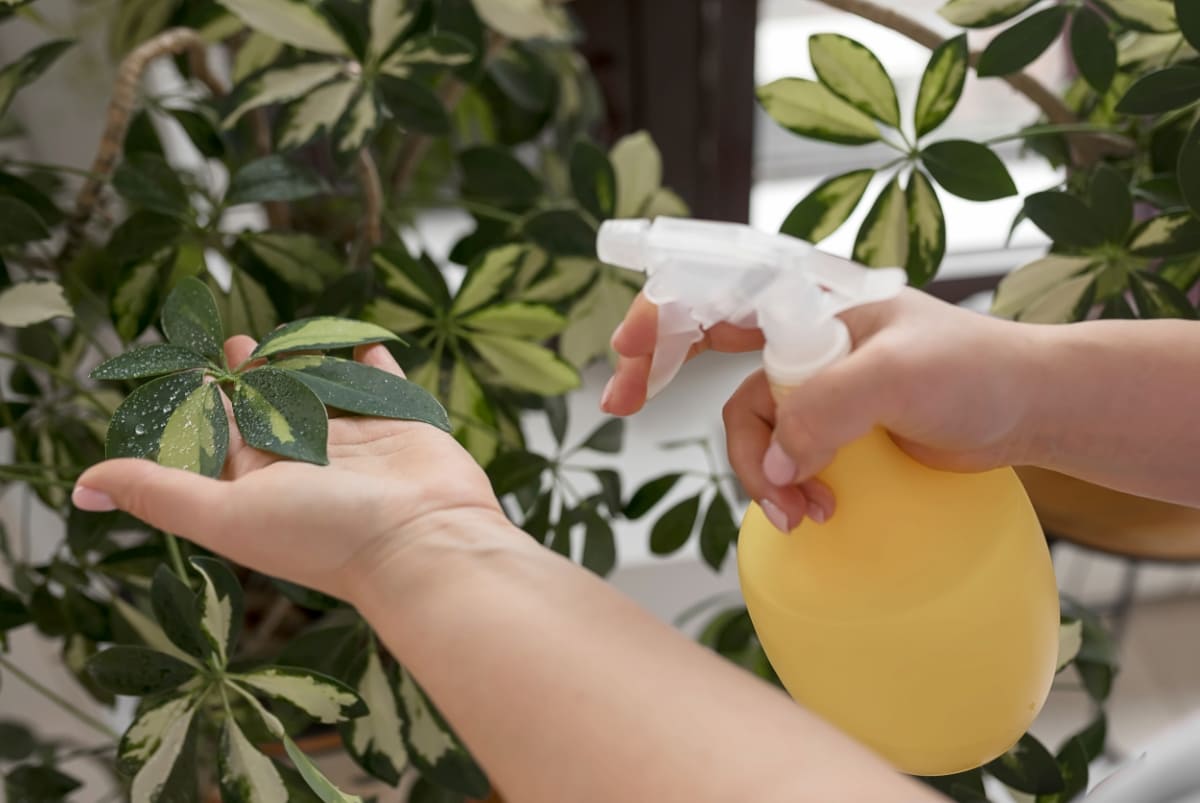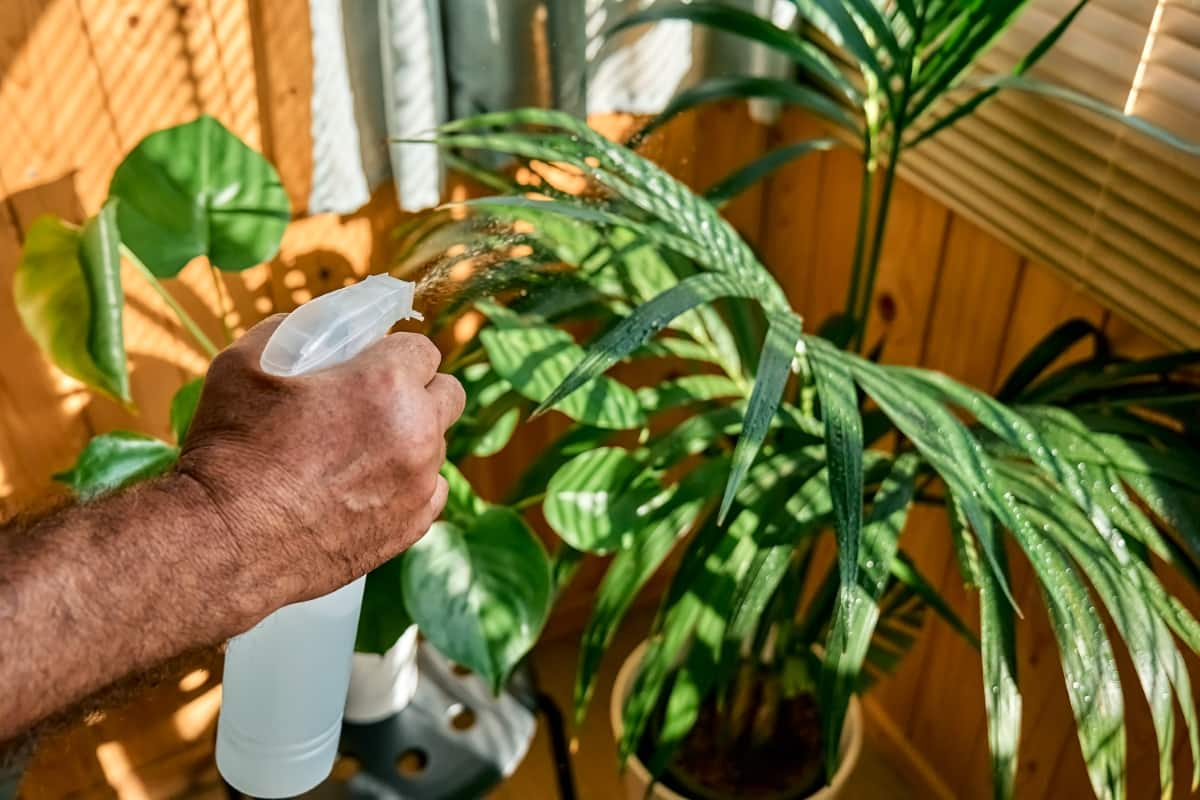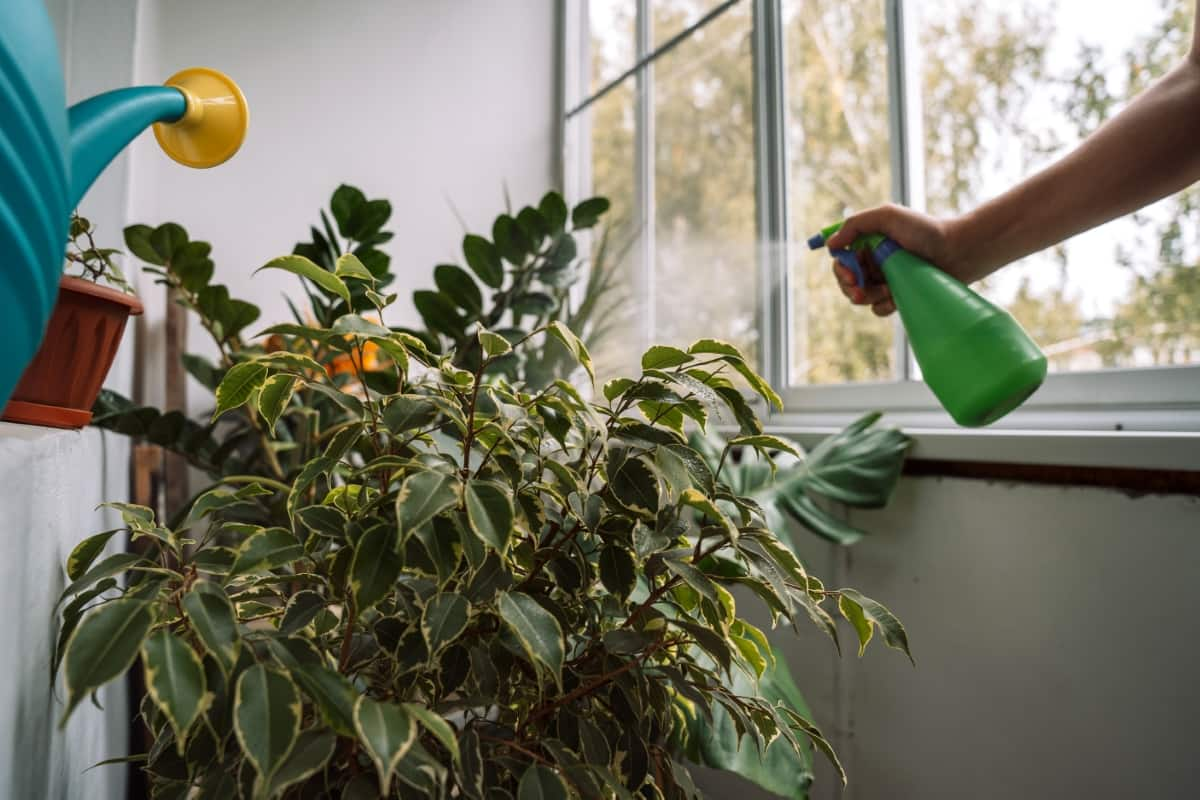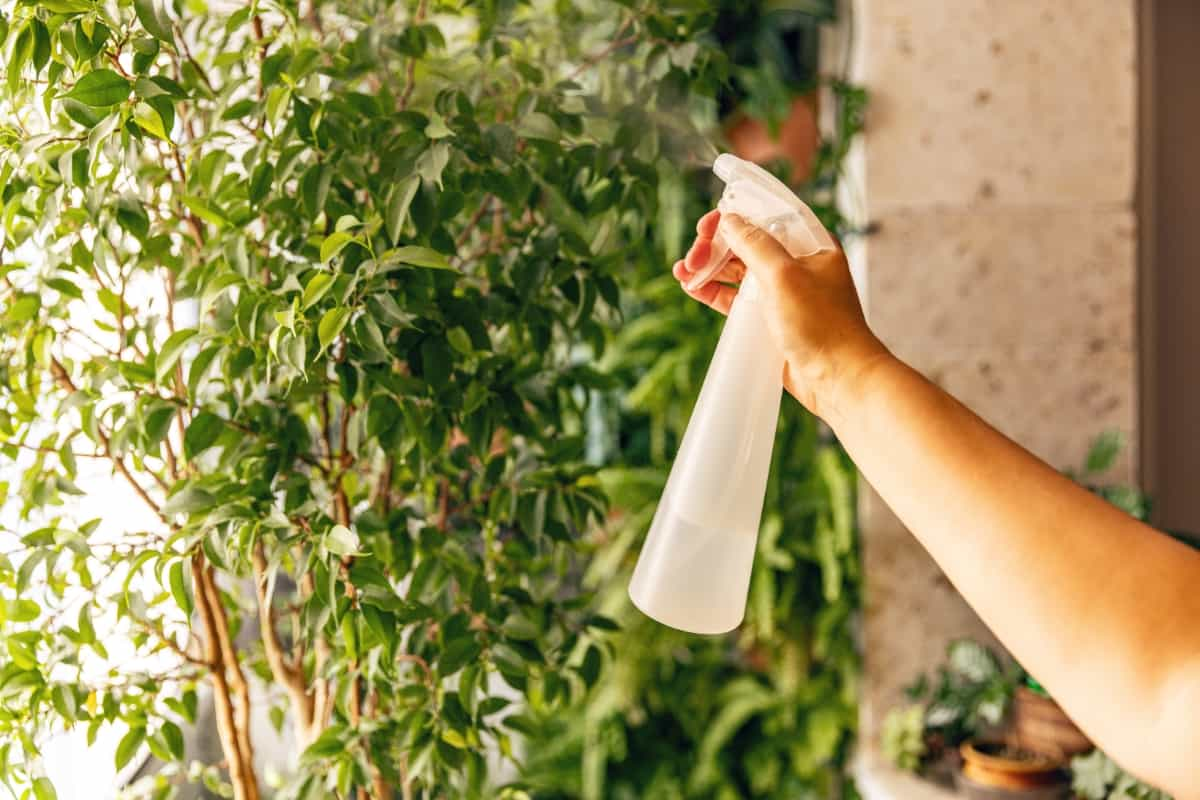Discover the power of homemade insecticidal soap with our DIY Effective Pest Solution. This Natural Insecticidal Soap Solution offers an eco-friendly and organic alternative for pest control, ensuring the safety of your plants and the environment. Learn how to make this Plant-Safe Homemade Insecticide using simple household ingredients and craft a Sustainable Pest Control Soap Recipe for your garden.

Homemade Insecticidal Soap Recipe
Introduction to Homemade Insecticidal Soap
Homemade insecticidal soap offers a natural and eco-friendly solution to control pests in your garden. This DIY approach utilizes simple household ingredients to create a safe and effective insecticide soap for plants.
Benefits of Using Insecticidal Soap
Using homemade insecticidal soap provides several benefits. It’s non-toxic to plants, humans, pets, and other beneficial insects, making it a good option for pest management. Additionally, it’s cost-effective and easy to make at home, eliminating the need for harsh chemical pesticides.
Understanding Insecticidal Soap
Insecticidal soap works by suffocating soft-bodied insects like aphids, mealybugs, and spider mites. It disrupts their cell membranes, ultimately causing them to dehydrate and die. Unlike chemical pesticides, insecticidal soap poses minimal risk to the environment and beneficial insects.
How It Works Against Pests
When sprayed on plant foliage, insecticidal soap coats the pests’ bodies, interfering with their ability to breathe and feed. This leads to their eventual demise while sparing beneficial insects and minimizing harm to the environment. It’s an effective yet gentle method of pest control.
Key Ingredients for Your DIY Insecticidal Soap
The key ingredients for homemade insecticidal soap include liquid soap, water, and optionally, essential oils. Liquid Castile soap or dish soap without additives works best, as it won’t harm plants. Essential oils like neem or peppermint can enhance the insecticidal properties of the soap.
Choosing the Right Soap
Selecting the right soap is crucial for making effective insecticidal soap. Opt for a mild, unscented liquid soap that doesn’t contain harsh chemicals or antibacterial agents. This ensures that the soap is gentle on plants while effectively targeting pests.
The Simple Recipe: Making Insecticidal Soap at Home
One tablespoon of liquid soap solution and one quart of water should be combined in a spray container to create homemade insecticidal soap. For increased efficacy, you can optionally add a few drops of essential oil. Before using it for the first time, give the bottle a good shake to mix the components fully.
Step-By-Step Guide
- Start by selecting a clean spray bottle and filling it with one quart of water.
- Add 5 Ml of liquid soap solution to the water in the spray bottle.
- If desired, add a few drops of neem or peppermint oil to enhance the insecticidal properties.
- Secure the spray bottle cap tightly and shake the mixture well to ensure thorough mixing.
- Your homemade insecticidal soap is now ready to use. Shake the bottle before each application and spray it directly onto affected plant foliage, covering all surfaces thoroughly.
- Reapply the insecticidal soap as needed, especially after rainfall or irrigation, to maintain pest control.
In case you missed it: Top 10 Homemade Sprays for Lily Beetles: Get Rid of These with DIY Organic Treatment

Application Tips for Maximum Effectiveness
To ensure optimal results, apply insecticidal soap during the early morning or late afternoon when temperatures are mild. Thoroughly coat both the tops and undersides of leaves where pests congregate for maximum coverage and efficacy.
When and How to Apply
Apply insecticidal soap as soon as pest infestations are detected. Repeat applications may be necessary, especially for persistent pests. Avoid spraying during hot, sunny conditions to prevent leaf burn, and ensure the soap has time to dry before exposure to intense sunlight.
Target Pests: What Insecticidal Soap Can and Can’t Do
Insecticidal soap effectively controls soft-bodied pests such as aphids, mealybugs, and spider mites by disrupting their cell membranes and causing dehydration. However, it is less effective against hard-bodied insects like beetles and caterpillars, which may require alternative control methods.
Effective Pest Types
Insecticidal soap is particularly effective against a wide range of common garden pests, including aphids, whiteflies, thrips, and spider mites. Its gentle yet potent action makes it a versatile tool for managing pest infestations in both indoor and outdoor settings.
In case you missed it: Top 10 Homemade Remedies for Verticillium: Organic DIY Sprays for Treatment and Prevention

Safety First: Using Insecticidal Soap Without Harming Plants
Insecticidal soap is generally safe for use on most plants, but it’s important to conduct a test on a small area of the plant before applying it to the entire plant. Avoid using soap-based products on drought-stressed or water-sensitive plants to prevent damage.
Preventing Leaf Burn
To minimize the risk of leaf burn, avoid applying insecticidal soap during hot, sunny weather or when plants are under stress. Ensure wide coverage of the affected plant parts while avoiding excessive saturation, which can lead to soap buildup and potential damage.
Customizing Your Insecticidal Soap
You can customize your insecticidal soap recipe by adding natural enhancers such as essential oils or garlic extract to boost its effectiveness against certain pests. Experiment with different formulations to find the one that works best for your specific pest control needs.
Adding Natural Enhancers
Natural enhancers like neem oil, peppermint oil, or garlic extract can enhance the insecticidal properties of homemade soap solutions. These additives not only repel pests but also provide additional protection against fungal diseases, making them valuable additions to your DIY insecticidal soap recipe.
Troubleshooting Common Issues
If you encounter issues such as ineffective pest control or plant damage, consider adjusting your insecticidal soap recipe or application technique. Monitor plant health closely after treatment and make necessary adjustments to achieve optimal results.
Dealing With Resistant Pests
In most cases, pests may develop resistance to insecticidal soap over time. Rotate between different pest control methods, such as manual removal or introducing natural predators, to manage resistant pest populations effectively.
In case you missed it: Top 10 Homemade Remedies for Brown Rot Organic DIY Sprays for Treatment and Prevention

Conclusion
Homemade insecticidal soap provides a safe and effective solution for managing garden pests without harming plants or the environment. By following our DIY Pest Control Soap guide, you can create a non-toxic and eco-friendly insecticide soap suitable for indoor and outdoor use. Embrace sustainable gardening practices with this Easy Insecticidal Soap Mixture and enjoy a thriving garden free from harmful pests.
- Deworming Schedule for Dogs/Puppies: A Beginners Guide
- How to Prevent and Control Parasites in Goats
- Beneficial Insects in Pest Management
- Natural Solutions for Pest Control in Flower Gardens
- Types of Fungicides Used in Agriculture
- Common Issues in the Fruit Development Stage of Pomegranate Farming
- Fruit Development Issues in Papaya: Easy Solutions and Treatment
- Soil-Borne Diseases and How to Protect Your Plants
- Practices to Prevent Disease Spread in the Garden